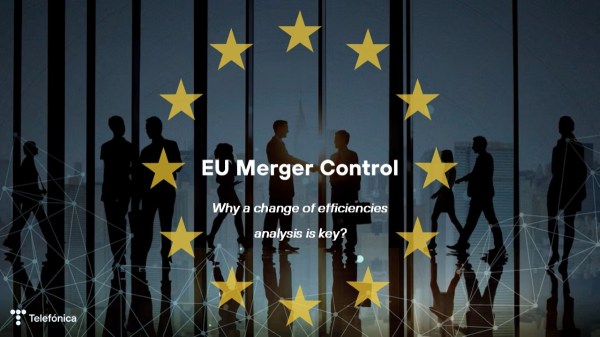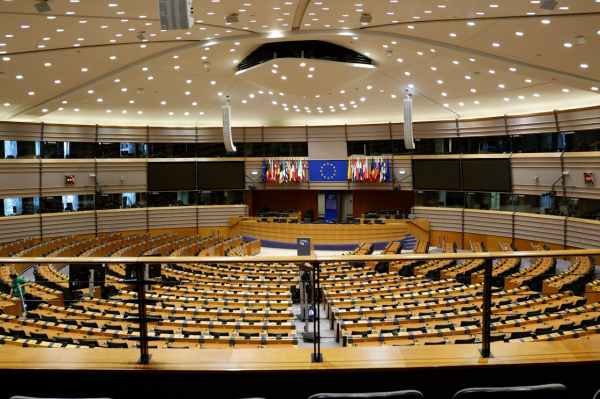Telefónica Germany has recently tested 5G in the upper 6 GHz band using an existing site in Stuttgart, with very exciting results that show the good propagation characteristics of the band in real environments, and its large potential value for both indoor and outdoor coverage. This is very good news for digital users, but any material gains rely on mobile operators being able to use the band under the right conditions.
The identification of the upper 6 GHz band (6425 – 7125 MHz) for mobile services will be discussed in the World Radiocommunications Conference 2023 (WRC-23) starting next week. Telefonica asks Regulators to take action, identifying the band for International Mobile Telecommunications (IMT) and fostering the development of end user and network equipment ecosystems.
Test results are very exciting
The tests achieved peak download speeds of 3 Gbps using just a 100 MHz bandwidth in the upper 6 GHz base station. Even at the outdoor cell edge, 500 meters away from the roof-top site, 0.5 Gbps were obtained. Throughout the cell coverage the averaged download speed outdoor was almost 2 Gbps. Indoor coverage was also tested at 200 meters distance from the site obtaining very high download speeds of 1.7 Gbps.
Two very relevant conclusions can be extracted from those results.
- 6 GHz band can be efficiently deployed in existing sites to expand network capacity, matching 3.5 GHz coverage and benefiting residential and business users with enhanced network quality that would otherwise not be easy to achieve once the existing spectrum in 3.5 GHz becomes congested.
- Service quality indoors is better than previously thought. Higher frequency bands do not propagate as well as lower bands, but technological progress has made it possible to achieve a very good experience indoors. Many customers who rely on their mobile connection for indoor connectivity in public spaces, offices or even at homes without fixed broadband would benefit from the 6 GHz band.
Excessively restrictive conditions could jeopardise the value of the band
All those benefits, however, would not be realised unless the band is made available without artificial power constraints. Whatever technical conditions are imposed, at WRC-23, national or regional level, they should not prevent the efficient use of 6 GHz band from roof-top sites to provide wide-area coverage.
The upper 6 GHz band (6425 – 7125 MHz) discussion in the World Radiocommunications Conference 2023, starting on November 20th, will be focused on the technical conditions on IMT deployments to protect satellite services from interference. Regulators should avoid overprotection of satellites that would result in a limited coverage and performance of the 6 GHz band.
The EU has also announced that after the conference it will be evaluating the possibilities to share the band between 5G and WiFi. Telefonica Germany’s test clearly shows the indoor coverage reach of 6 GHz in mobile networks, providing high download speeds that make indoor use of WiFi very difficult in the same frequency and location as 5G. Any power restrictions intended to reduce indoor penetration and accommodate WiFi would result in impaired services, affecting the capacity and performance of the band and should be carefully analysed.
In our view, the results of the tests undertaken by Telefonica Germany point in one clear direction: the upper 6 GHz band will benefit the digital society enabling the 5G evolution and the provision of faster and reliable connectivity services to consumers, both indoors and outdoors. It would be a lost opportunity if those gains were not materialised due to unnecessary restrictions to overprotect existing satellite services or to try to make room for unlicensed indoor use, without a proper cost-benefit analysis.









